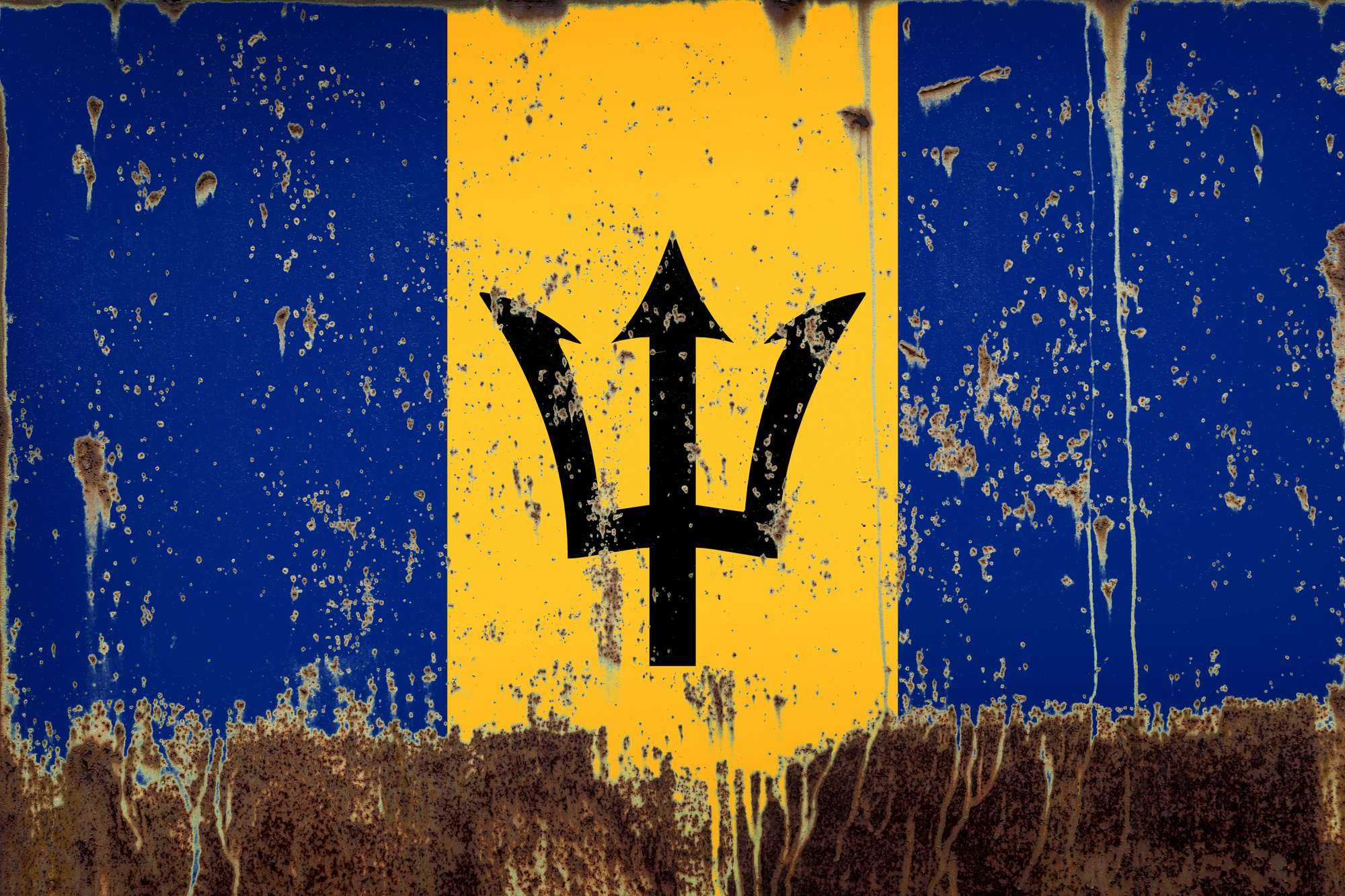BY LA SHAWNA GRIFFITH
Appalling!
That was the word that could describe the events that unfolded on March 14th, 2021 when the Nation Newspaper published an article detailing the abuse of a fourteen-year-old young girl at the Government Industrial School.
The article claimed that the girl who was a student at the Government Industrial School (GIS) was stripped naked and placed in solitary confinement.
In the article, it reported that the young child was sent to the Barrows, St Lucy juvenile detention facility two weeks ago after being charged for wandering. She was placed in a “suicide cell” as is the practice with new entrants at the institution.
“Sources said on Day 13 of confinement at the girl’s section, the child complained vociferously about the poor quality of food she was being fed. She was very upset, and she was shouting and crying,” the article read.
The report by the Nation Newspaper detailed that after the young lady complained about the food it was removed and replaced with six biscuits and butter and a cup of tea. This further angered the child and as a result, she was taken to the Psychiatric Hospital.
When the young lady returned after being assessed she was tossed into the cell naked on the cold concrete floor.
“A staff member started to keep notes and said it was inhumane that she was given a bare mattress to lie on,” the source told Nation News, noting that on the following day she was given underwear.
After the story broke many persons took to social media including the members of the National Youth Policy Coordination Committee, CARICOM Youth Ambassador to Barbados, Barbados Youth Development Council, Pink Parliament, and Ureport Barbados doing a virtual campaign with the #protectourgirls.
In a joint statement issued on March 21st, 2021, the organizations stated that despite the Minister of Home Affairs Wilfred Abrahams sacking the former Board of Management, they believed that more needed to be done to protect the six young girls who are still at the facility in St Lucy.
In their statement, they stated that they are seeking a complete and immediate abandonment of solitary confinement as a disciplinary measure, or as part of the intake process at Government Industrial School.
Up until March 19th, 2021, GIS considered the use of solitary confinement and “unacceptable circumstances” such as placing a child in isolation without clothing to be “consistent with normal practices. Thankfully, Minister Abrahams confirmed that he has already given instructions that this “archaic and unwarranted” practice be ceased immediately. “We also thank him for further emphasizing, “child detention must be seen as a last resort.” We sincerely hope that this translates into practice and is reflected throughout the promised legislative reform,” a statement read.
Moreover, they stated that they would like the Minister of Home Affairs Wilfred Abrahams to facilitate the immediate closure of the Girl’s Unit of the GIS located at barrows, St Lucy.
These comments came in the wake of the Minister of Home Affairs firing all of the former Board of Management at the Government Industrial School, an action that even his colleague Dr. Sonia Browne, a Government backbencher, questioned.
In an article published March 24th, 2021 by Barbados TODAY noted Browne was calling for the entire staff of the Government Industrial School to be sacked to allow the members of the public to have faith in the institution.
Moreover, she thought that the former Board of Management at the GIS could not be responsible for the questionable treatment of young people as it was the job of the staff to serve juvenile offenders.
“….at the end of the day, the Board is not physically there on a day-to-day basis, staff members are responsible for the alleged ill-treatment of the inmates at the institutions, and I think that needs to be addressed,” she said during a debate last week regarding the Appropriation Bill.
Back in 2015 In Situation Analysis of Justice for Children in Barbados prepared by UNICEF 2015, it outlined how the Government Industrial School needed to modernize, charging. Students claimed that some of the remaining features of the GIS detention setting more informed by punishment than rehabilitation are:
- The lack of recreational activities
- The lack of sufficient and consistent programming both educational and vocational
- The lack of a formal complaint mechanism
- The lack of sufficient access to family and community
It is time that Barbados takes Juvenile Reform seriously and: remove archaic laws like wandering, institutions such as Government Industrial School from its mandate, and implore rehabilitative measures not only for the young ladies but for their families by extension.

